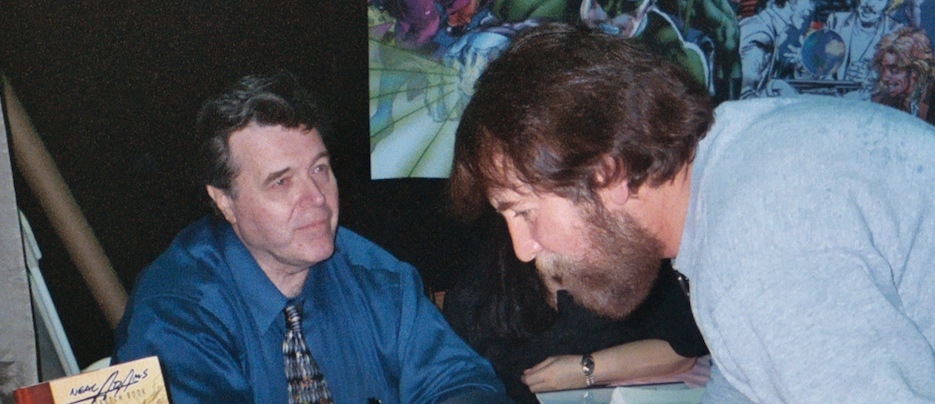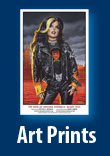
The comics industry was stunned last Friday upon hearing the news that comic-art legend Neal Adams had passed away on April 28th, at the age of 80.
Adams, if you’re unaware, was one of the most influential creators in the business—not just the artist who revitalized characters like DC’s Batman, Superman, Deadman, and Green Lantern and Marvel’s X-Men and Avengers in the 1970s, but he was also an outspoken advocate of comic creators’ rights, most famously in the way he forced DC Comics to not just publicly acknowledge that one of their biggest cash cows, Superman, was the creation of writer Jerry Siegel and artist Joe Shuster but also get them to agree to provide Siegel and Shuster with pensions derived from all those millions and millions of dollars Superman had made for the company since his debut in 1938. And he’d remained active as a writer/artist in the years that followed, his final projects involving his return to Batman, the character he was probably most known for.
I only got to speak with the esteemed Mr. Adams once, but it’s a moment that’s always stuck with me, in a humorous way. Let’s turn back the clock…
It was sometime in 1993 that I dropped by the offices of Adams’s Continuity Studios in midtown Manhattan, at the invitation of Louis Small Jr., the artist who’d helped Harris Comics relaunch Vampirella that year with a sold-out, multiprinted run of the first issue, and who’d also helped StarWarp Concepts enter the full-size-comic publishing market by providing the cover art for Lorelei issues 1 and 2. Louis had joined Continuity after a temporary breakup with Harris, and was penciling what would turn out to be Ms. Mystic: Deathwatch 2000 #3, starring the catsuit-clad environmental witch who was an Adams creation and Continuity’s best-known character.
I meet Louis at the reception desk and he asks me to wait in the company meeting room while he finishes up work on the page he was penciling, so I went in and took a seat. A few minutes later, into the room steps Neal Adams. He stares at me for a moment, appearing confused by my presence there.
“Oh…hello,” I say. I couldn’t think of anything pithier.
“Are you here looking for work?” he asks.
“Uhh…no,” I say.
Adams nods. “Good.”
And he leaves.
And that, ladies and gentlemen, was my one personal encounter with comic-art legend Neal Adams. Not the greatest experience, but certainly a memorable one, if I’m repeating it almost 20 years later!
Rest in Peace, Mr. Adams. After all the good you’ve done for the comics industry, you’ve certainly earned it.






